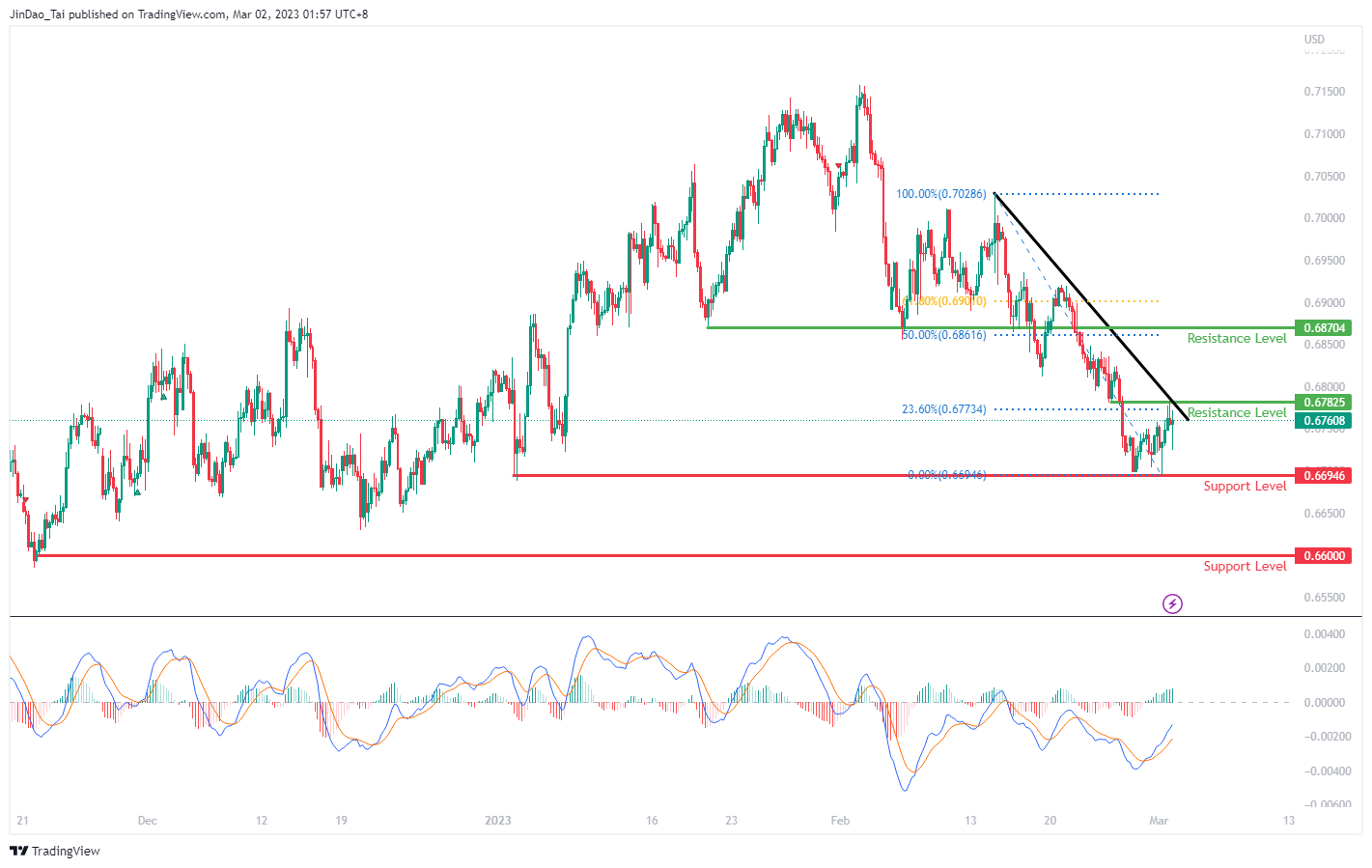- Trading
- Trading
- Markets
- Markets
- Products overview
- Forex
- Commodities
- Metals
- Indices
- Shares
- Cryptocurrencies
- Treasuries
- ETFs
- Accounts
- Accounts
- Compare our accounts
- Our spreads
- Funding & withdrawals
- Volume rebates
- Open account
- Try free demo
- Platforms & tools
- Platforms & tools
- Platforms
- Platforms
- Platforms overview
- TradingView
- MetaTrader 4
- MetaTrader 5
- MetaTrader Copy Trading
- cTrader
- cTrader copy trading
- Mobile trading platforms
- GO WebTrader
- PAMM
- Premium trading tools
- Premium trading tools
- Tools overview
- VPS
- Genesis
- Education
- Education
- Resources
- Resources
- News & analysis
- Education hub
- Economic calendar
- Earnings announcements
- Help & support
- Help & support
- About
- About
- About GO Markets
- Our awards
- Sponsorships
- Client support
- Client support
- Contact us
- FAQs
- Quick support
- Holiday trading hours
- Maintenance schedule
- Fraud and scam awareness
- Legal documents
- Trading
- Trading
- Markets
- Markets
- Products overview
- Forex
- Commodities
- Metals
- Indices
- Shares
- Cryptocurrencies
- Treasuries
- ETFs
- Accounts
- Accounts
- Compare our accounts
- Our spreads
- Funding & withdrawals
- Volume rebates
- Open account
- Try free demo
- Platforms & tools
- Platforms & tools
- Platforms
- Platforms
- Platforms overview
- TradingView
- MetaTrader 4
- MetaTrader 5
- MetaTrader Copy Trading
- cTrader
- cTrader copy trading
- Mobile trading platforms
- GO WebTrader
- PAMM
- Premium trading tools
- Premium trading tools
- Tools overview
- VPS
- Genesis
- Education
- Education
- Resources
- Resources
- News & analysis
- Education hub
- Economic calendar
- Earnings announcements
- Help & support
- Help & support
- About
- About
- About GO Markets
- Our awards
- Sponsorships
- Client support
- Client support
- Contact us
- FAQs
- Quick support
- Holiday trading hours
- Maintenance schedule
- Fraud and scam awareness
- Legal documents
- Home
- News & Analysis
- Forex
- AUD CPI eases but Interest Rates could continue rising
News & AnalysisThe Consumer Price Index (CPI) is an inflation indicator that is closely watched by the markets and policymakers as a gauge of economic fluctuation and price stability. Generally, central banks set and adjust their monetary policy mandate in order to achieve a target level of 2-3% which would allow for moderate growth in prices. As the major economies emerge from the cloud of the Covid pandemic, the new battle is for the central banks to bring down inflation.
The Reserve Bank of Australia (RBA) began on its path of aggressive interest rate hikes in May 2022 as the Australian CPI had been climbing steadily to reach 6% by that same period. However, despite the rate hikes, inflation continued to rise to a peak of 8.4% in December 2022.
This week, the Australian CPI y/y data was released at 7.4% which highlights an easing in inflation growth, potentially a lagging impact from the cumulate interest rate increases from the RBA. Immediately following the release of the CPI data, the AUDUSD spiked down from the 0.6730 level to retest the round number key support level of 0.67.
However, as the RBA has indicated that “further increases in interest rates will be needed over the months ahead to ensure that inflation returns to target”, the current slowdown in inflation growth could provide the RBA with more confidence that rate increases could lead to it achieving its target.
As a result, sustained moves to the downside have been limited as the market anticipates another 25bps rate hike to come in the following week. The AUDUSD currently trades under the 0.6780 resistance area which coincides with the 23.8% Fibonacci retracement level. Anticipating a bullish correction to the upside, as markets expect further interest rate increases, look for the price to break above the resistance level and the bearish trendline to trade higher toward the next key resistance level of 0.6870. This potential move higher is also supported by a crossover on the Moving Average Convergence Divergence (MACD).

Ready to start trading?
Disclaimer: Articles are from GO Markets analysts and contributors and are based on their independent analysis or personal experiences. Views, opinions or trading styles expressed are their own, and should not be taken as either representative of or shared by GO Markets. Advice, if any, is of a ‘general’ nature and not based on your personal objectives, financial situation or needs. Consider how appropriate the advice, if any, is to your objectives, financial situation and needs, before acting on the advice. If the advice relates to acquiring a particular financial product, you should obtain and consider the Product Disclosure Statement (PDS) and Financial Services Guide (FSG) for that product before making any decisions.
Next Article
USDJPY – Bank of Japan Policy Decision & the 10-yr JGB Yield
The USDJPY had been trading steadily higher in February, from the 128.50 support level, up toward the 137 round number resistance level. This move was driven by a combination of fundamental reasons (strengthening of the DXY and overall weakness of the Japanese Yen) and technical setup (the golden cross, where the 50-period Moving Average crossed ov...
March 6, 2023Read More >Previous Article
Walmart Q4 and full-year results announced
Walmart Inc. (NYSE:WMT) announced Q4 and full-year financial results before the market open on Wall Street on Tuesday. World’s largest supermarke...
February 22, 2023Read More >News and Analysis
Join our mailing list to receive market news and monthly newsletters, delivered directly to our inbox.

